The nostalgic smell of rosemary, thyme and a cooking turkey filled the apartment. You could no longer see the counters due to the amount of food and wine that covered every morsel of space. The music in the background was muffled by the boisterous laughter and chatter.
I looked around the room. I was surrounded by 25 faces from all around the world that were perfect strangers to me three months before. Now, we were breaking bread and sharing together in the American tradition of Thanksgiving. I felt as though you could see gratitude oozing out of every pore. I was beaming.
Life can be so sweet, I thought to myself. I have so much to be grateful for.

Cooked Turkey from Thanksgiving celebration/ Photo Credit: Amanda
Thanksgiving, though arguably rooted in problematic mythologies, has evolved to be a holiday to take time to give thanks and be present with the people that matter the most. Friends celebrate with friends, family with family. It is not about gift giving or other, often, stressful motivations.
To me, Thanksgiving is about practicing mindfulness. It is so easy to get overwhelmed by the daily grind, the in-and-out” rat race,” we say in the States. But for one day, we forget the BS, focus in on what is most important, and we practice gratitude.
As I take time to reflect this Thanksgiving, I, of course, cannot help but think about my life as a student in Sweden. Though it has only been a short three months, everyday I am reminded of all the things I have to be grateful for. And so in the spirit of giving thanks and practicing gratitude, I wanted to share with each of you 10 things I am most grateful for as a student studying in Sweden!
1. It’s pretty and historic, it’s pretty historic
Waking up everyday, I look out my window and see the tip of the Uppsala Cathedral pierce the surrounding sky- Scandinavia’s largest cathedral, by the way. Uppsala is a historic city, with origins as far back as the early 2nd century. It is home to a castle, Scandinavia’s oldest university- Uppsala University (where I am currently enrolled) and plenty of other pretty and old things, pretty old things.
As I walk to class each day, I like to imagine what the ground beneath my feet has seen, the history it has experienced, the people that, too, have walked these same steps. Having a city like Uppsala be the backdrop to my graduate studies is something I am certainly grateful for.

Uppsala Cathedral from view of bridge / Photo C
2. Fika errrday
Fika is Swedish for a coffee break that’s more about socialising than drinking coffee. And something sweet is also welcome. (Definition from sweden.se)
It felt like moments after stepping off the plane in Stockholm I was quickly taught the importance of Swedish fika. Beyond embracing any excuse to drink coffee and eat excess amounts of baked goods, I appreciate what is at the core of fika– which is to spend quality time with quality people. When feeling overwhelmed by studies, fika is always a good excuse to take a break, find a friend and share a cinnabun over some good conversation that IS NOT about Methods or Causes of War (Currently two topics I can’t seem to escape these days.)

Enjoying a traditional Swedish fika/ Photo credit: Jordan
3. Lagom it up
Lagom is a Swedish word for Just right; not too much, not too little
Lagom is pervasive in all parts of Swedish life and culture. To me, it represents the ever elusive balance most of us struggle to find, yet Swedes seemed to have figured out- whether it be work productivity or putting the “just right” amount of milk in coffee.
Coming from a country like the United States where we too often value our work over personal relationships and our own mental health, it has been restorative to live and study in a country that values and prioritizes lagom. I feel as though I can work hard, I also have the space to enjoy the many joys in life (like Fika) and spend less time crying about learning the coding language R.
4. “Freedom to Roam”
‘Allemansrätt’ or “freedom to roam” gives you the right to roam the countryside in Sweden in perfect peace and quiet.
In other words, Sweden has codified in law that every person has the right to access all land in Sweden (with a few exceptions.) This gives people the right to bike, swim, hike and run naked (is streaking illegal in Sweden?) in the great outdoors. You can even forage for your own berries and mushrooms.
Swedes appreciate their outdoor space and prioritize access to nature in their city designs, as well. Here in Uppsala, there are so many options to escape the bustling city vibes and retreat to somewhere peaceful whether it be in a park or a nice walking trail. I look forward to exercising my “freedom to roam” as much as I can while I study in Sweden.

Gula Stigan in the Fall/ Photo Credit: Jordan
5. Socialized healthcare is also cool
It is no secret that the United States has a complicated relationship with healthcare. And regardless of the varying opinions on our healthcare system (there are many), most of us Americans can normally agree on one thing- it is expensive.
Having a student visa in Sweden, I was able to apply for a person number which automatically puts me in the country’s healthcare system. Every person with a person number has access to healthcare regardless of socioeconomic status. Though the healthcare isn’t completely free, each person has the same small deductible, it might as well be (coming from the American perspective). And yet still, there are many services like STI testing and some prescriptions that costs nothing!
As a student in the states, healthcare can be one of the most stressful things to navigate, but here, it is easy, and not only that, the care provided is of the highest quality. It is nice to know that I won’t have to sell my first child for my next doctor’s appointment. So thanks for that, Sweden!
6. Rainbow Flag Wavin’
Being a queer woman, my desire to be “out and proud” depends greatly on the context of where I am. Though the world is quickly changing and evolving to be an overall more LGBTQ-friendly place, we all know there are still places in the world that we queer kids feel less safe to be our gay-selves.
But studying in Sweden has allowed me to live-out-loud without fear of persecution. To be able to kiss my girlfriend in public or speak openly about queerness or even to have the ability to write this blog and symbolically wave my rainbow flag is liberating. I am so grateful to be living and studying in a country that celebrates diversity and does so boldly.
Oh, and Sweden was just named the most LGBTQ+-friendly country in the world for travelers. See? Don’t say I didn’t tell you.
To learn more about your safety while traveling as queer person, you can check out the LGBTQ+ Danger Index.

Pride Parade in Uppsala/ Photo Credit: Jordan
7. Feelin’ Fancy
Gask or gasque, or is a kind of Swedish student party which starts with a more or less formal dinner. The word is believed to have originated from the card game vira, popular in the 19th century
As a student in Sweden I get to take part in some pretty fun and very-Swedish cultural student activities, like gasques. I recently participated in my very first gasque through my student association, Pax Et Bellum. Most student association’s host their own. It was a time for students in my cohort to come together and eat, drink and feel fancy.
There were speeches, we sang songs, drank Schnapps and ended the night busting some groovy dances move to some groovy tunes. Needless to say, I encourage every student in Sweden to attend AT LEAST one student gasque because well… drinking, eating, dancing, feeling fancy… need I say more?

Jordan poses for photo at Pax Et Bellum’s Fall Gasque with two classmates/ Photo Credit: Pax Et Bellum Fall Gasque Media
8. Bikes, Buses, and Scooters, oh my!
Don’t get me wrong. I love driving. I miss my car and the ability to just get up and go whenever I want to. But I have to say, it is really nice to not need a car.
Here, Sweden makes it easy for us students to travel sustainably around town or across the country. Whether it be by bike, electric scooter (my new favorite), bus or train, as a student in Sweden you can always find a way to get to where you are going.

Main pedestrian pathway in Uppsala/ Photo Credit: Jordan
9. SO MUCH CANDY
I was surprised to learn just how much Swedes love candy. I assumed based on stereotypes I created in my own head that I would arrive to Sweden, and I would only be allowed to eat kale for the duration of my two years here.
Luckily for me and my sweet tooth, that is far from the case. Most gas stations, convenient stores and grocery stores have walls of candy where you can pick-and-choose to make your own unique mix of sweets. Besides their love for licorice, the candy selection is AMAZING. Really. It’s amazing. But now I eat candy more than I ever have in my entire life, so my pancreas hates me, but i’d like to think its good for my soul.
Oh and just a fun fact related to Swedish candy… At some point someone in Sweden decided Swedish kids were eating too much candy, so they created a PSA encouraging parents to only let their kids eat candy on Saturdays, and the crazy thing is people listened, and it’s now a thing! They even have a word for it, Lördagsgodis, which translates to ‘Saturday’s Candies.’ Pretty interesting, right?
10. Friends from Far Away Places
It is hard to not get all in my feelings when I write about this last one, but let me try…
Leaving your own country, culture and language behind for a far away place can be a pretty daunting endeavor. All of us who do so are taking a pretty big risk to forgo the familiar for something so unknown, in hopes that, in the end, it will all be worth it.
Though I have only been here a short three months, already I feel like it has been well worth the risk, and what had made it so, are the people I have met along the way.
Celebrating Thanksgiving with a room full of new friends from so many corners of the world was pretty special. The memories made and shared will surely make the highlight reel for my time in Sweden. I get so mushy inside when I think about all the serendipitous moments that brought together all these people to be together at the same place at the same time, and all I can do is just close my eyes and put gratitude into the Universe.

Jordan poses with other Rotary Peace Fellows and Host Area Coordinators at a dinner event in Uppsala/ Photo Credit:
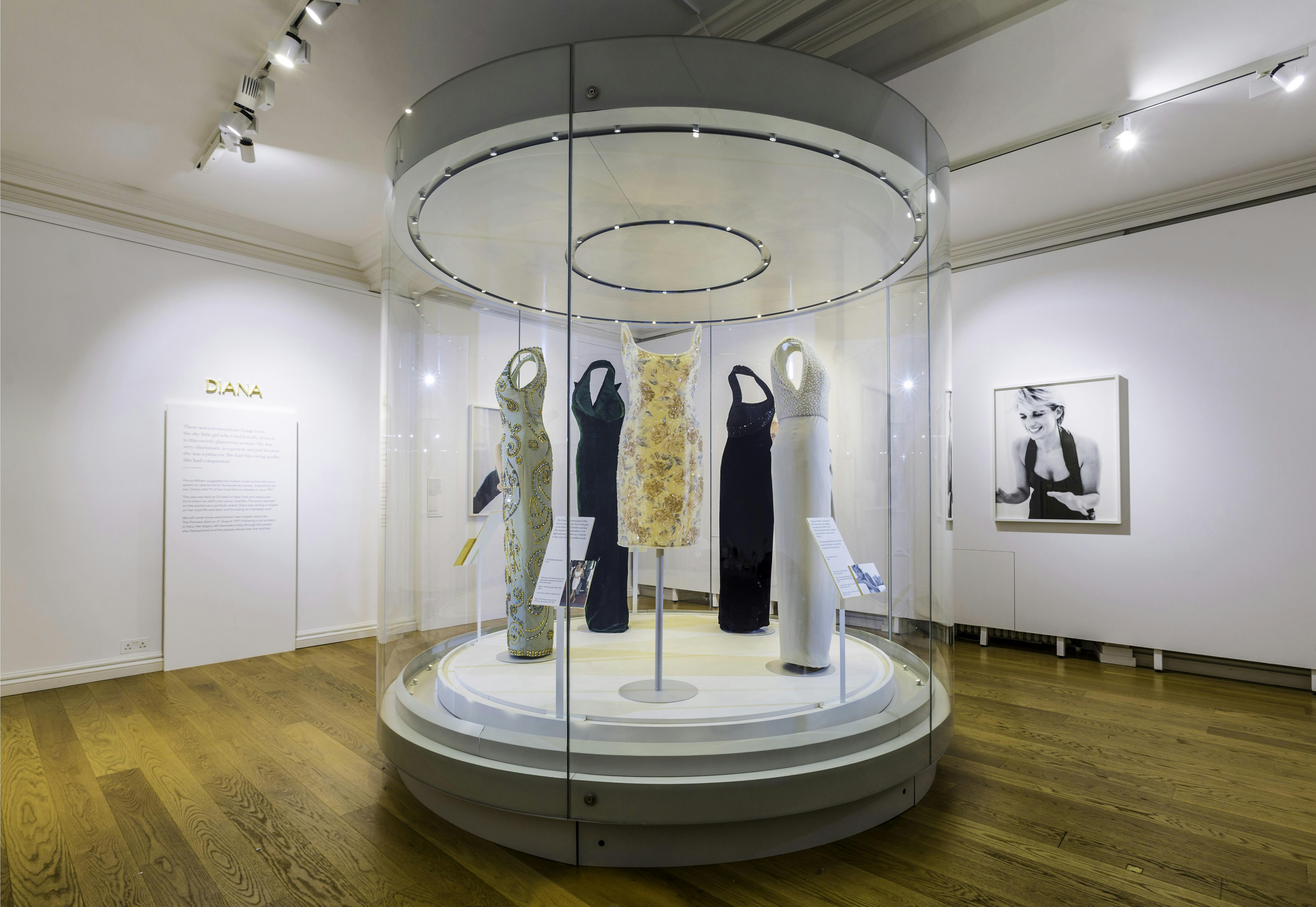


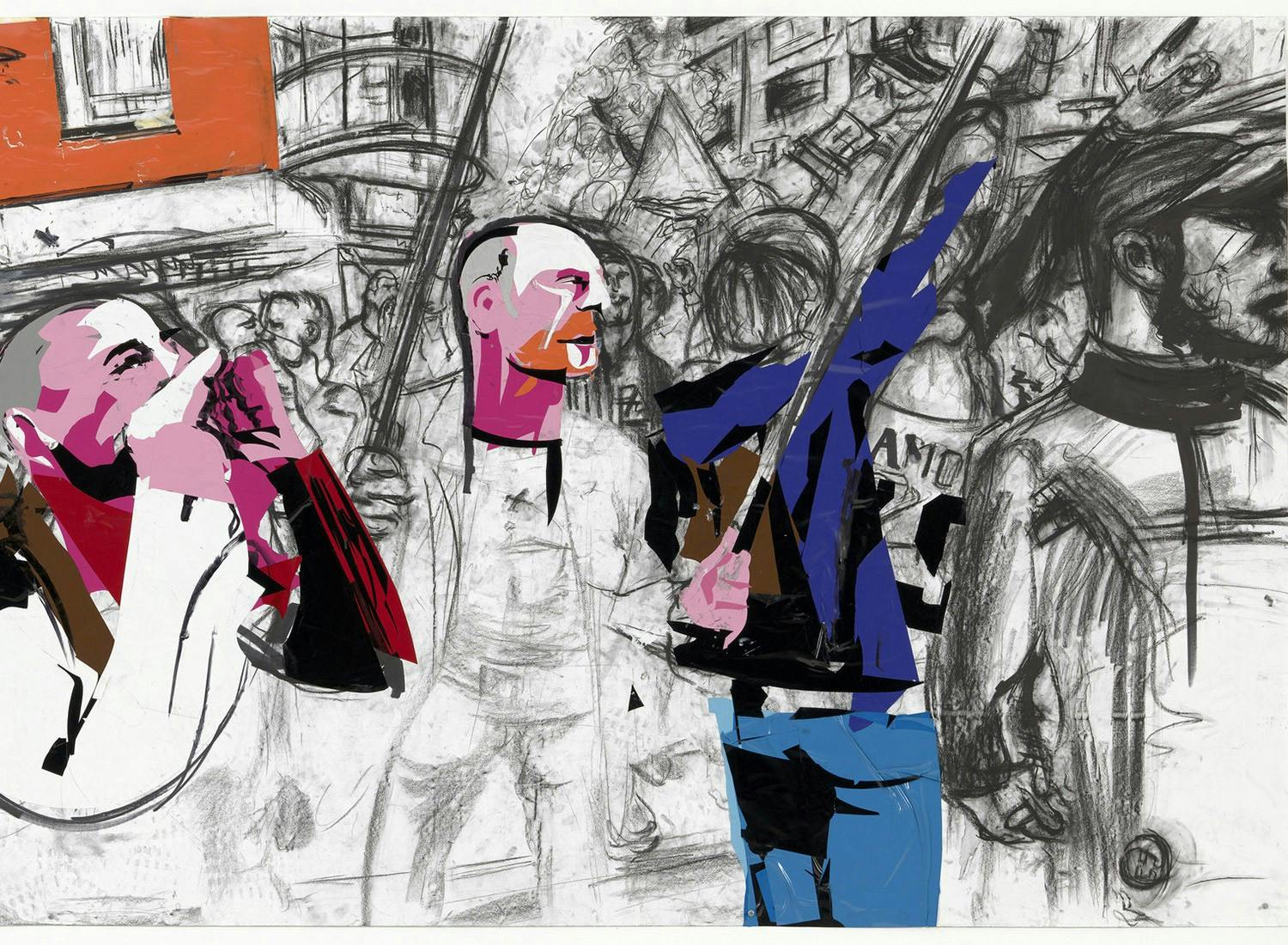
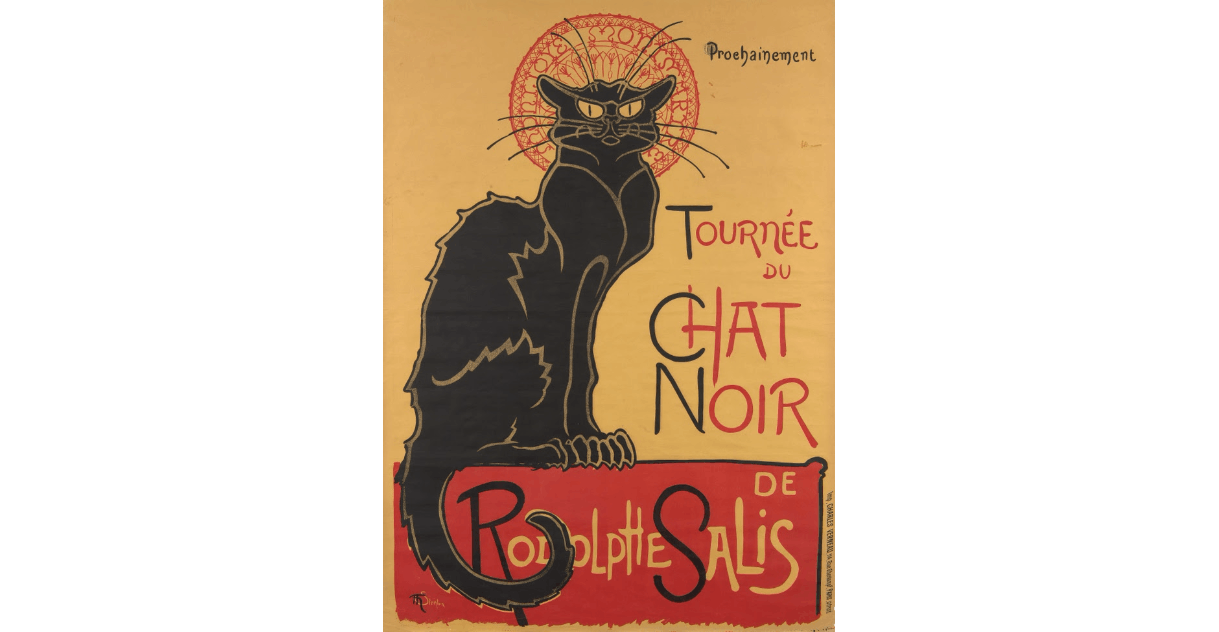

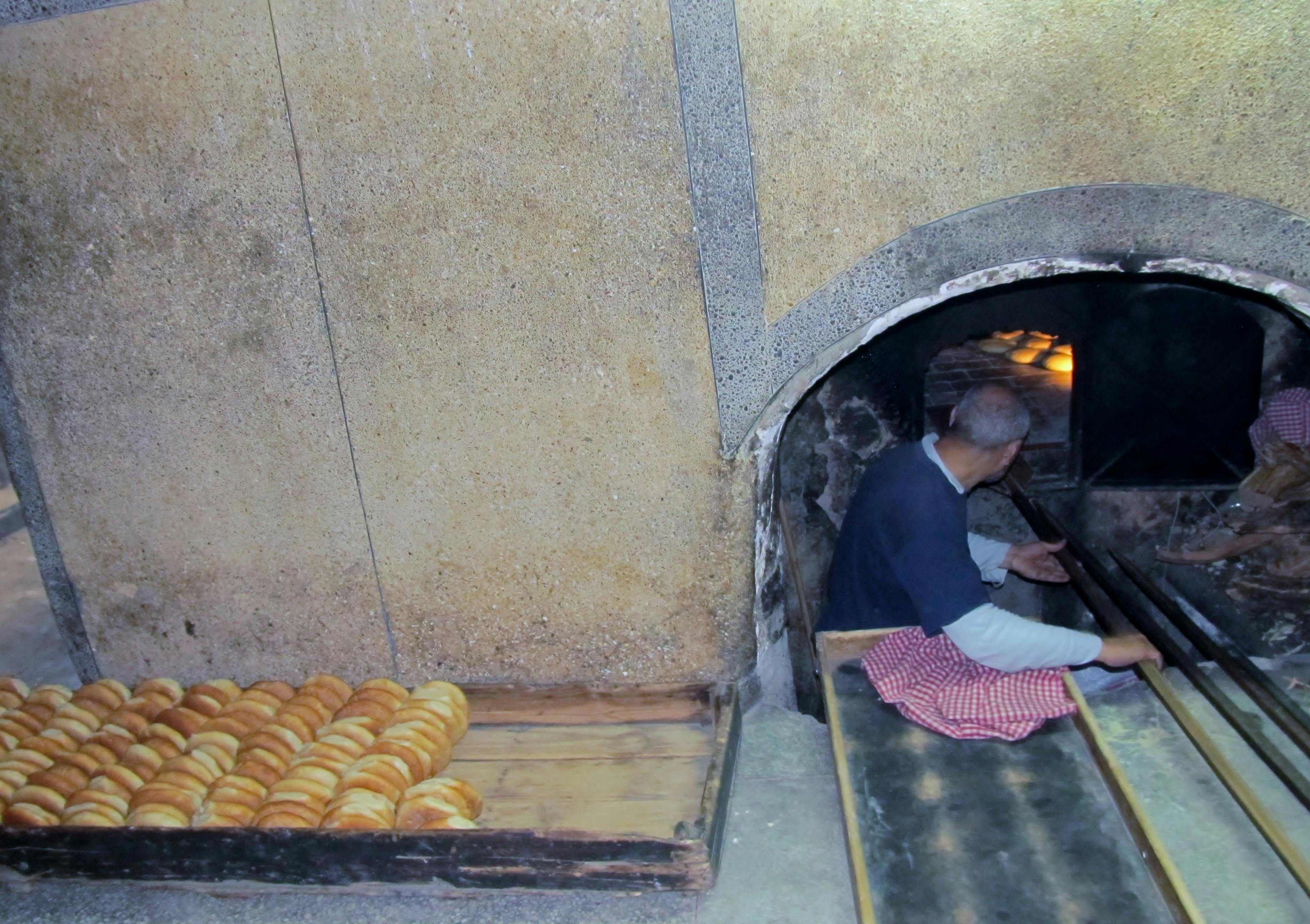
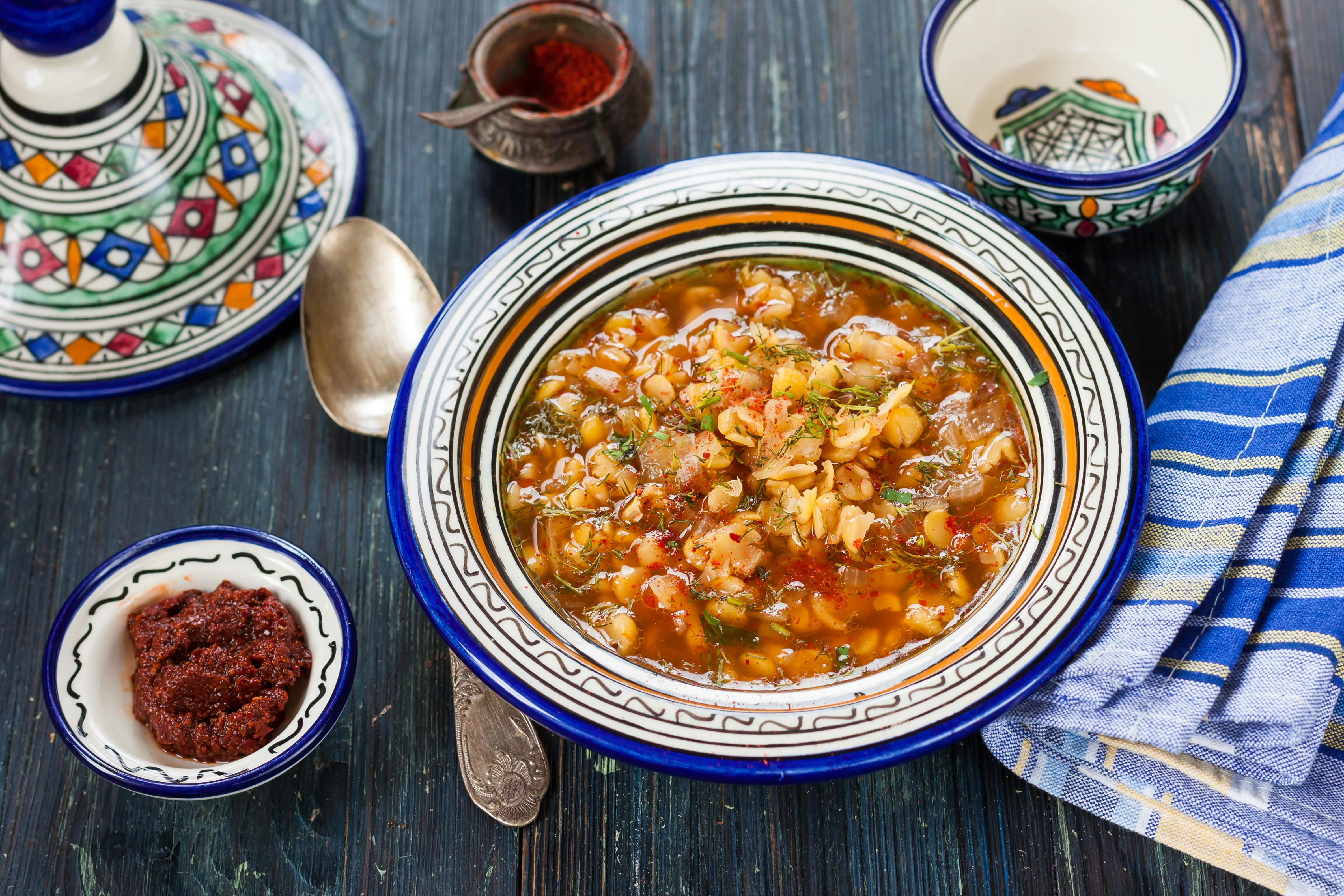

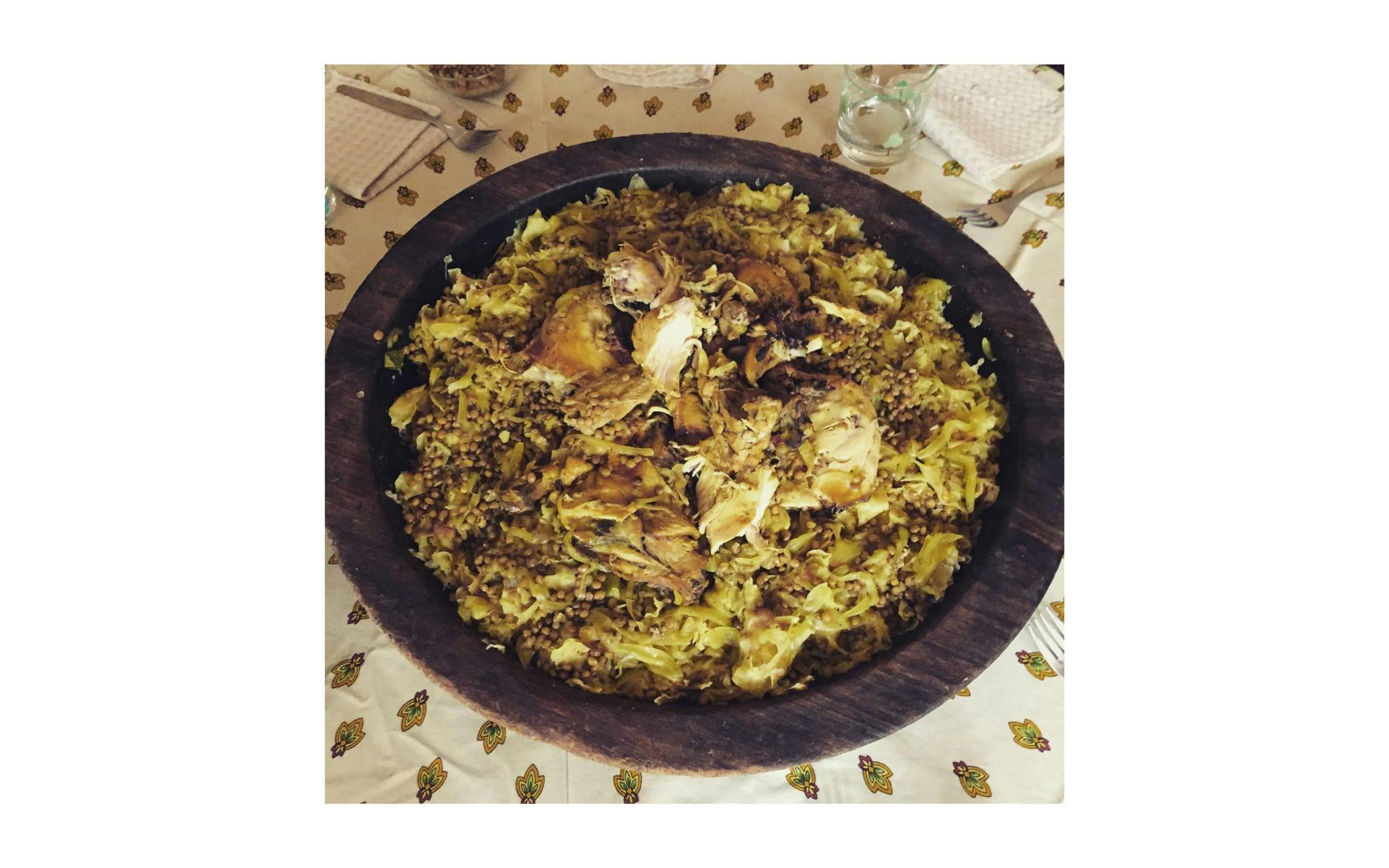
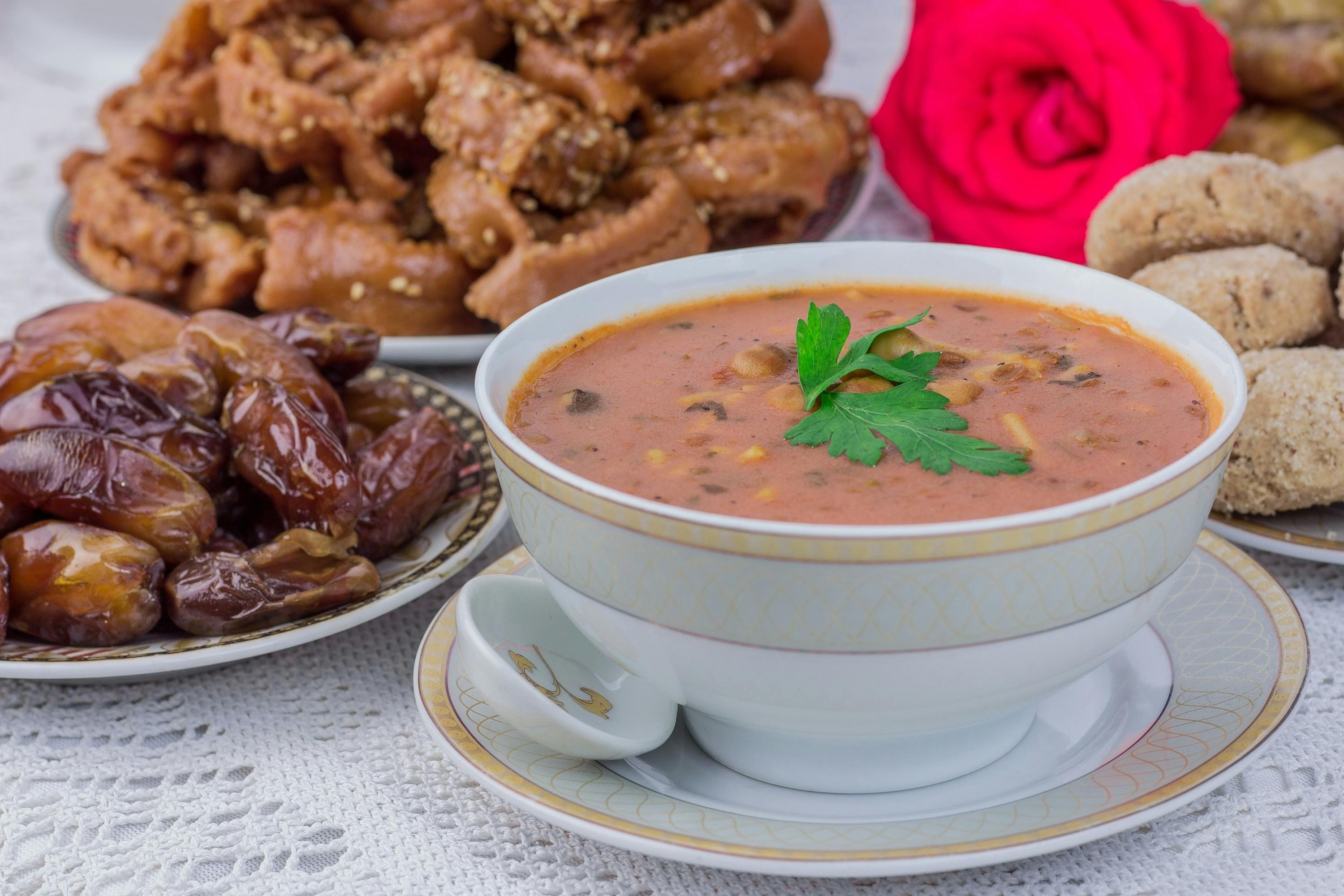
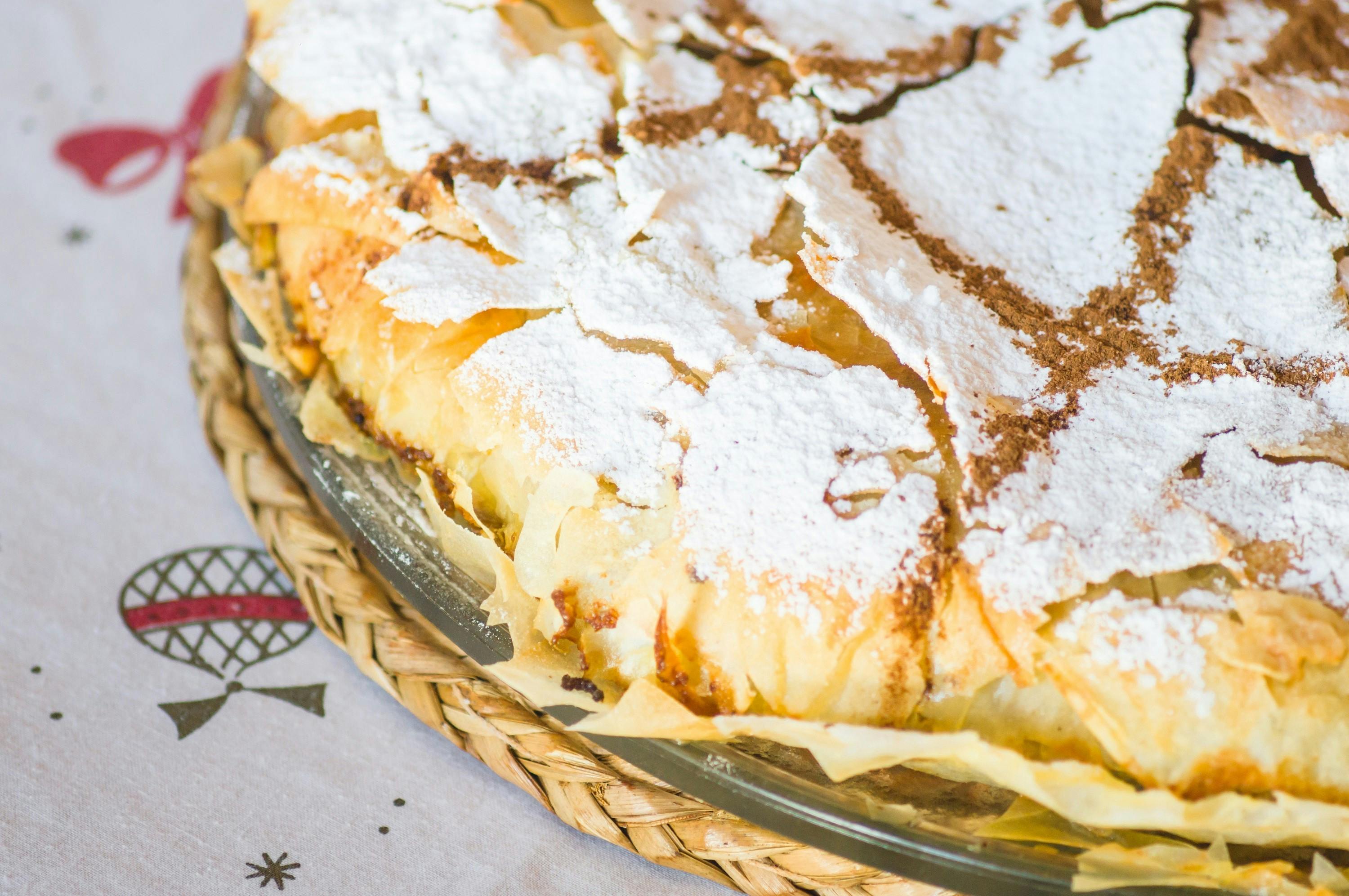
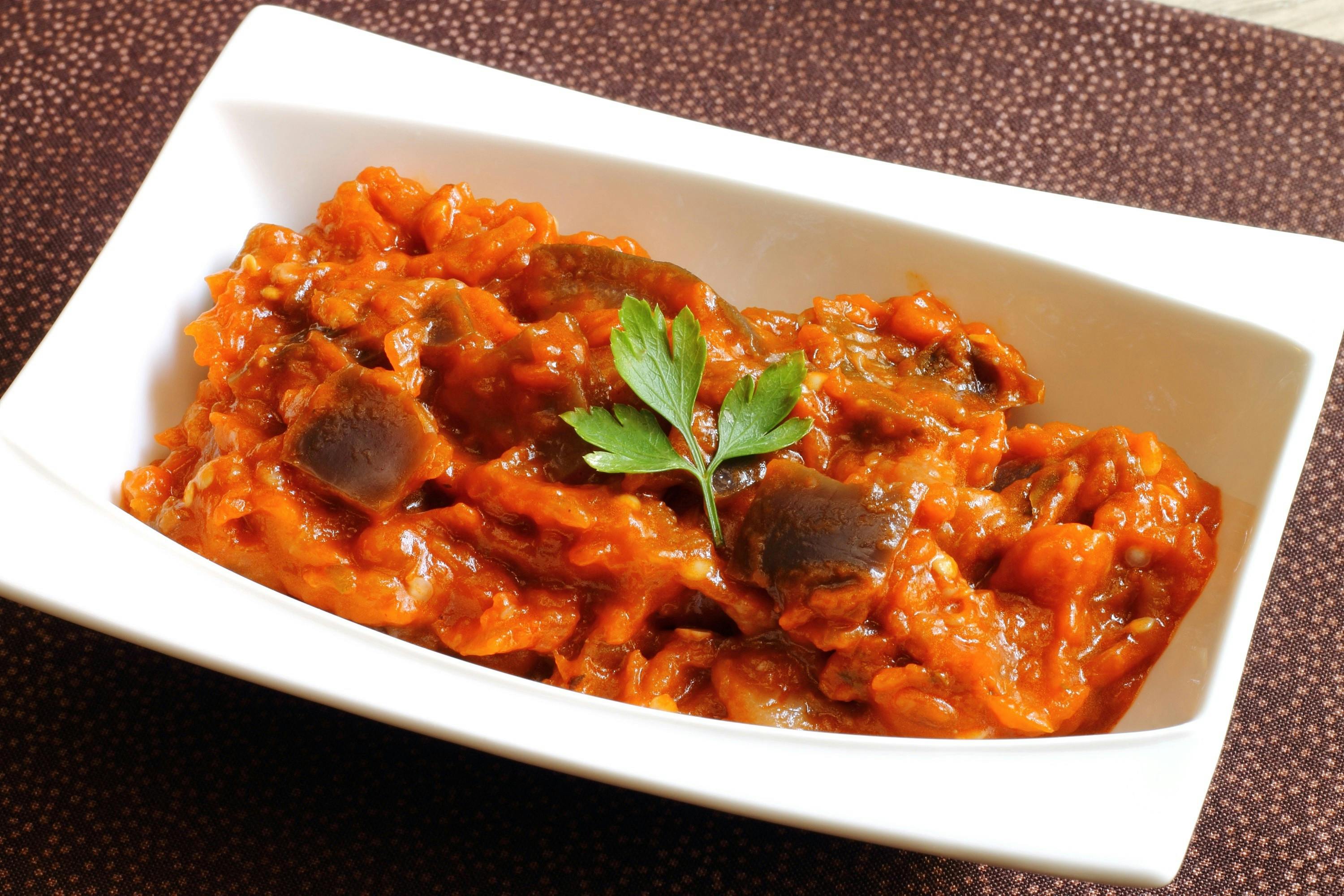
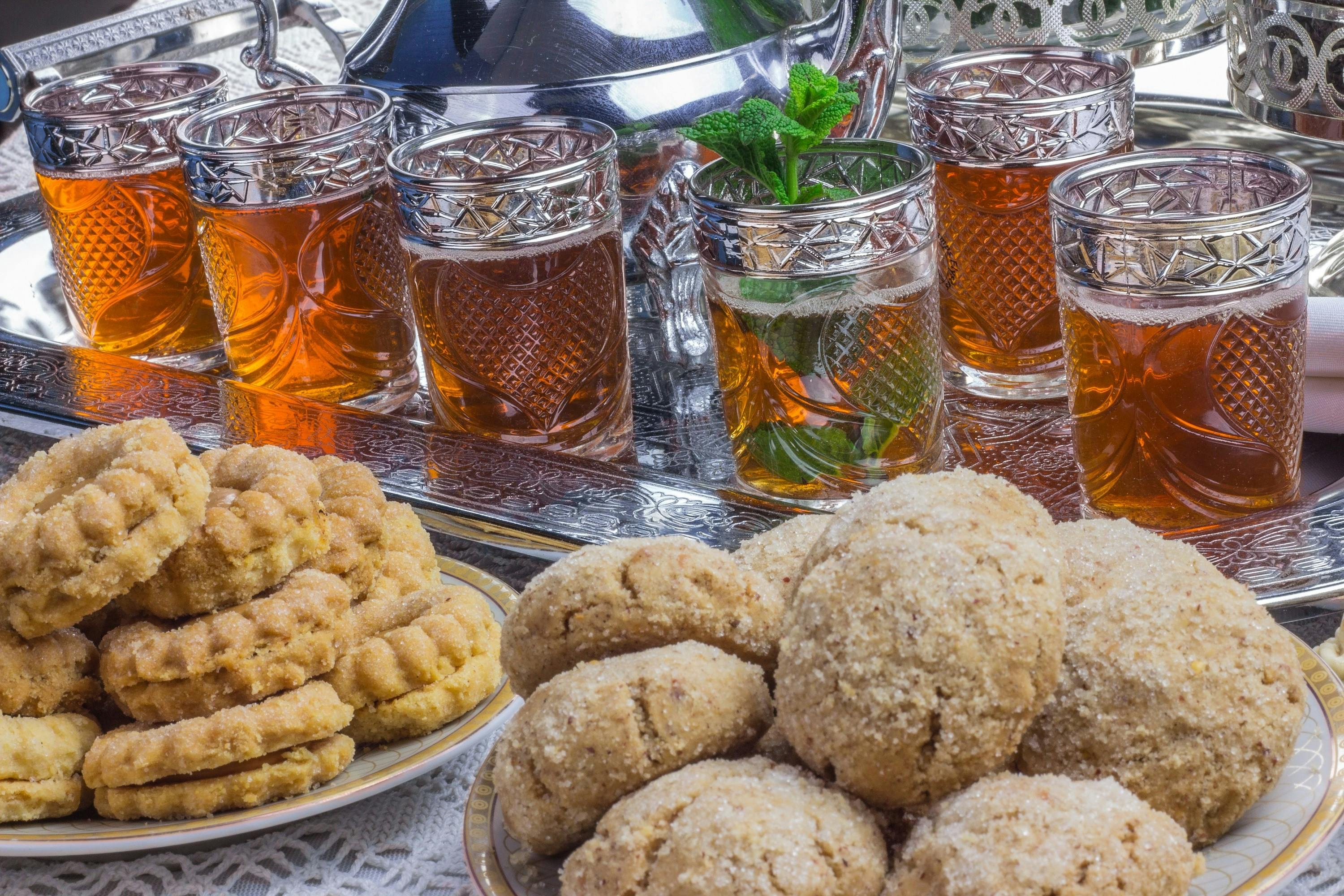
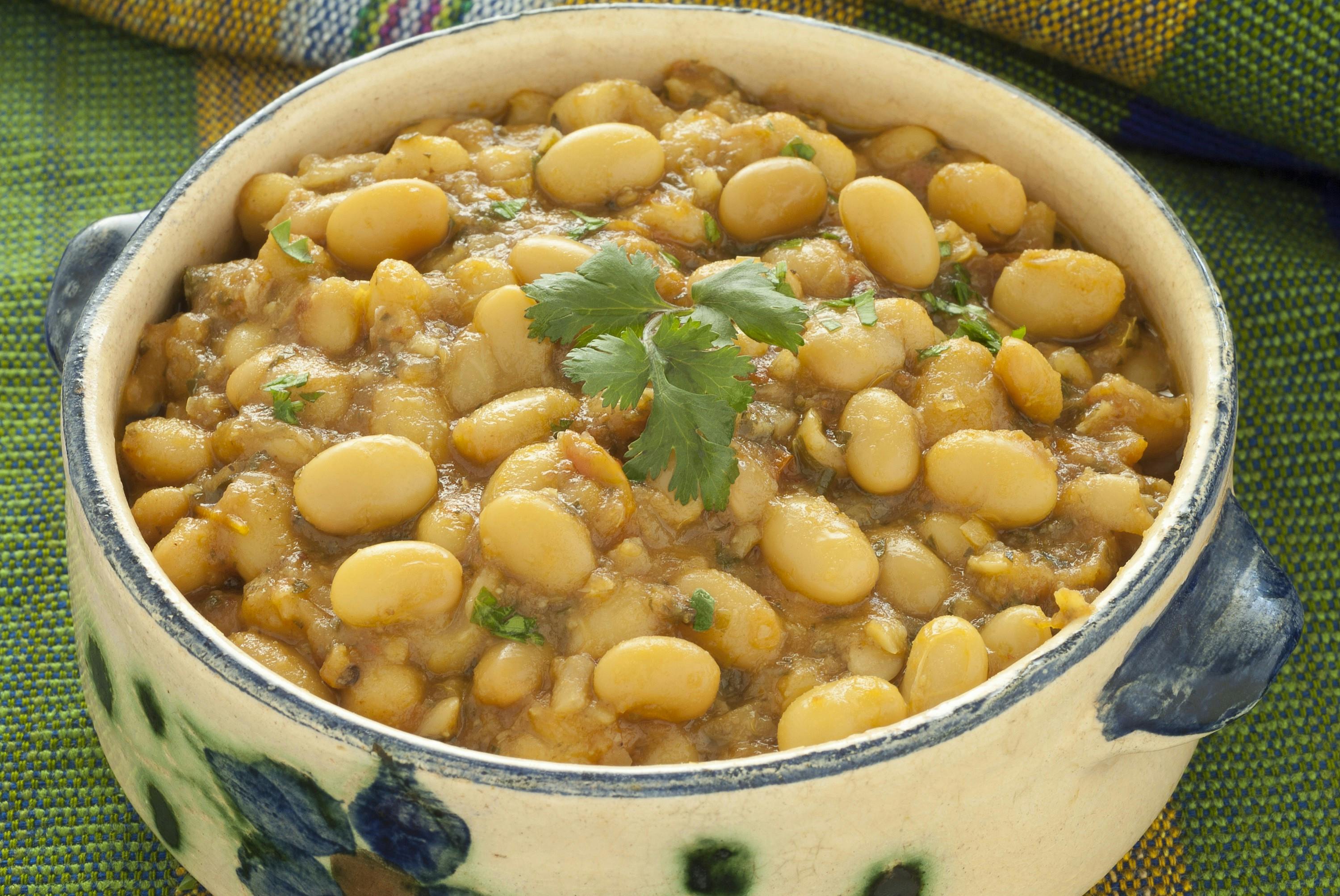
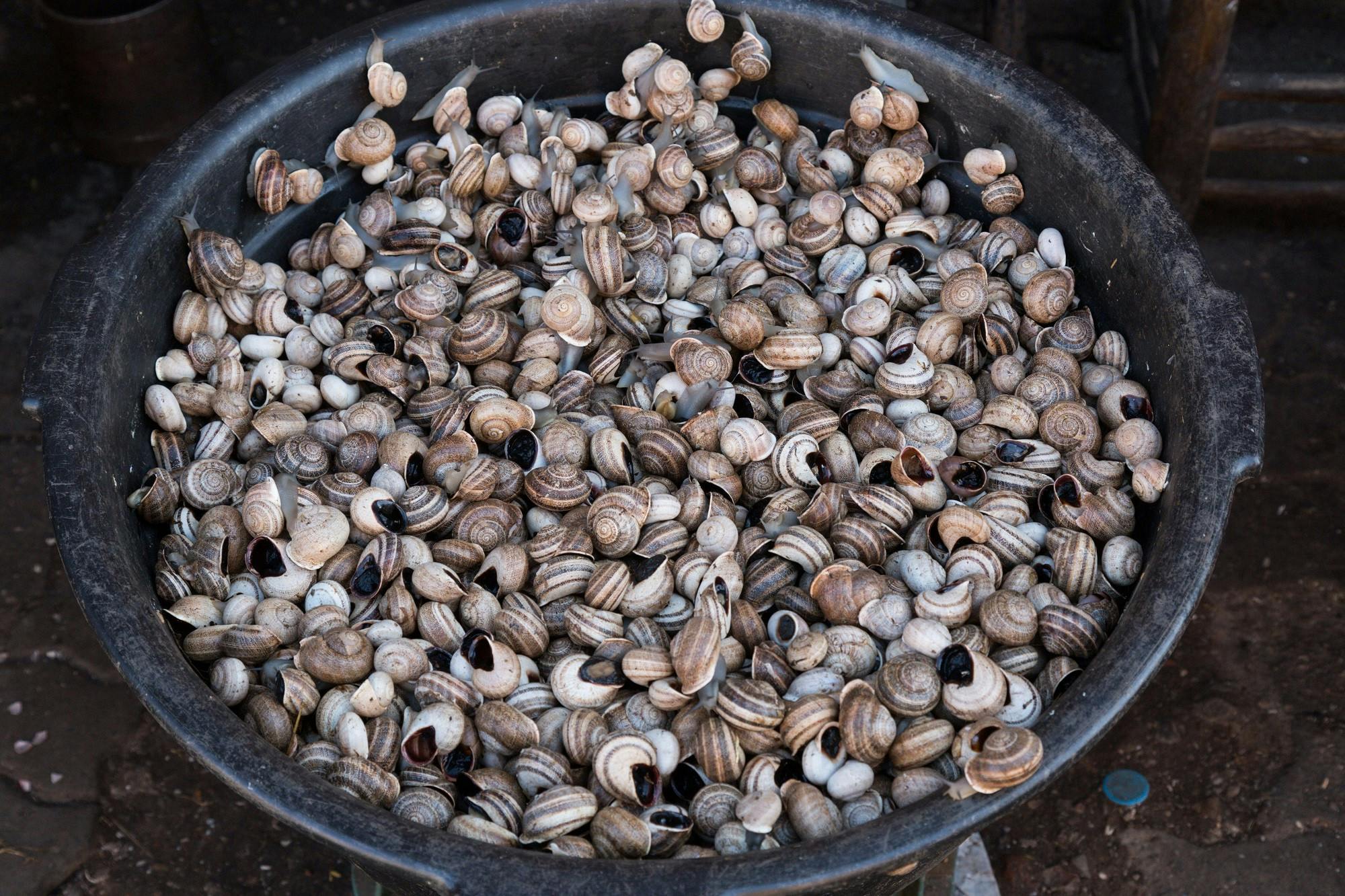
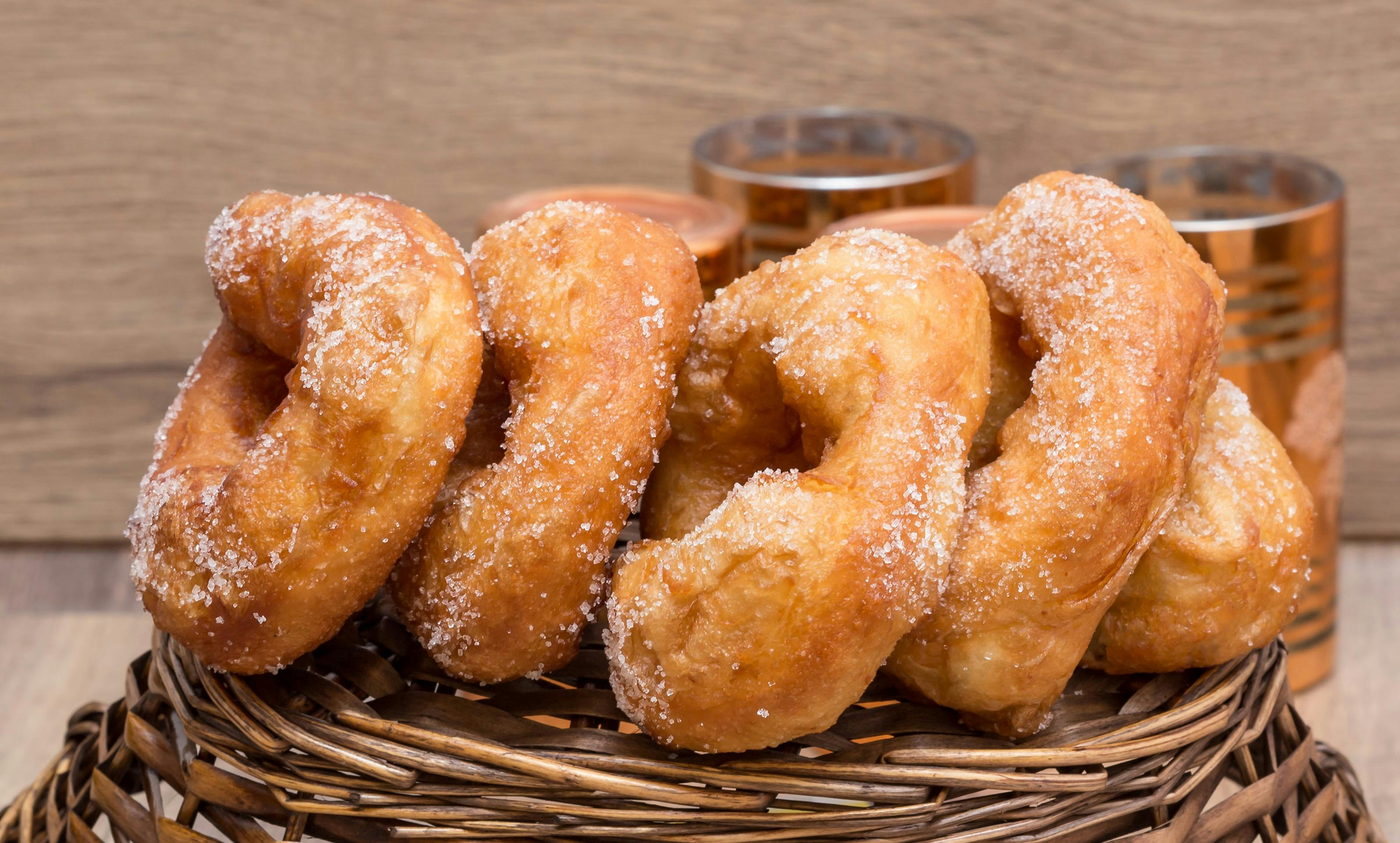


 .
.








